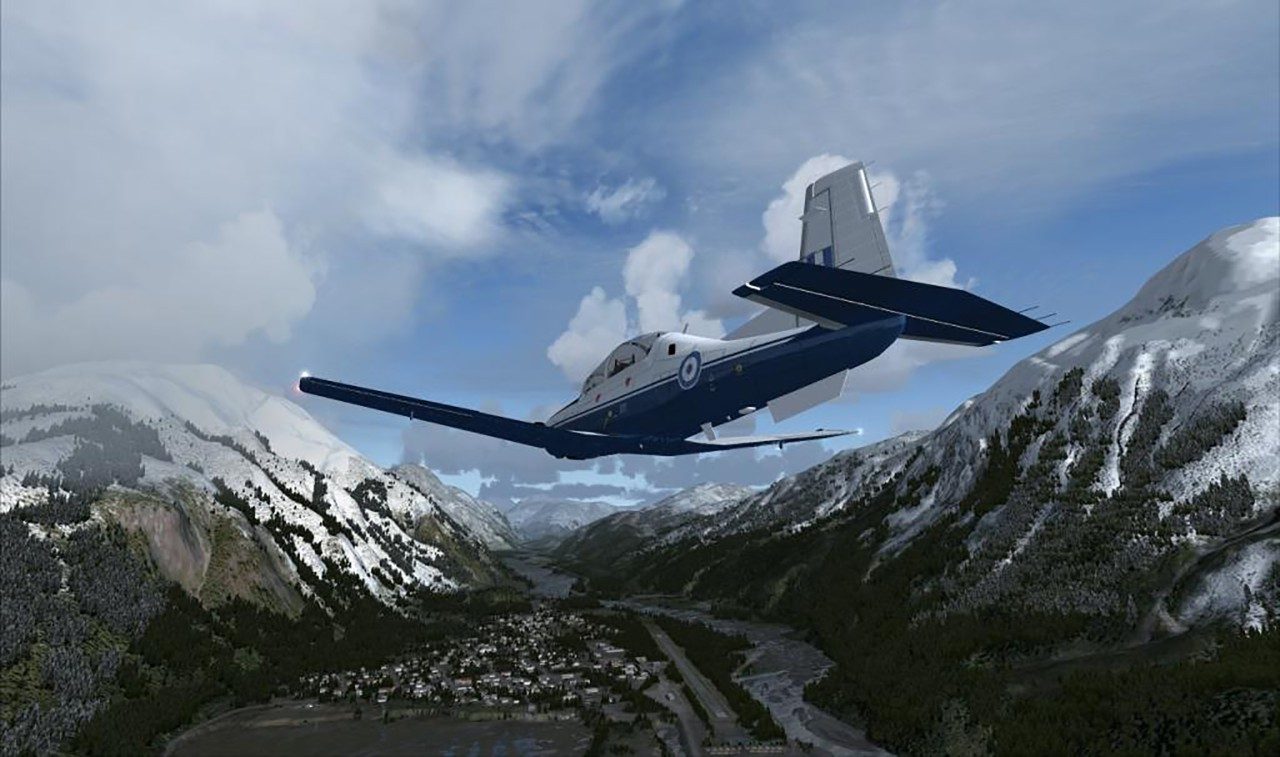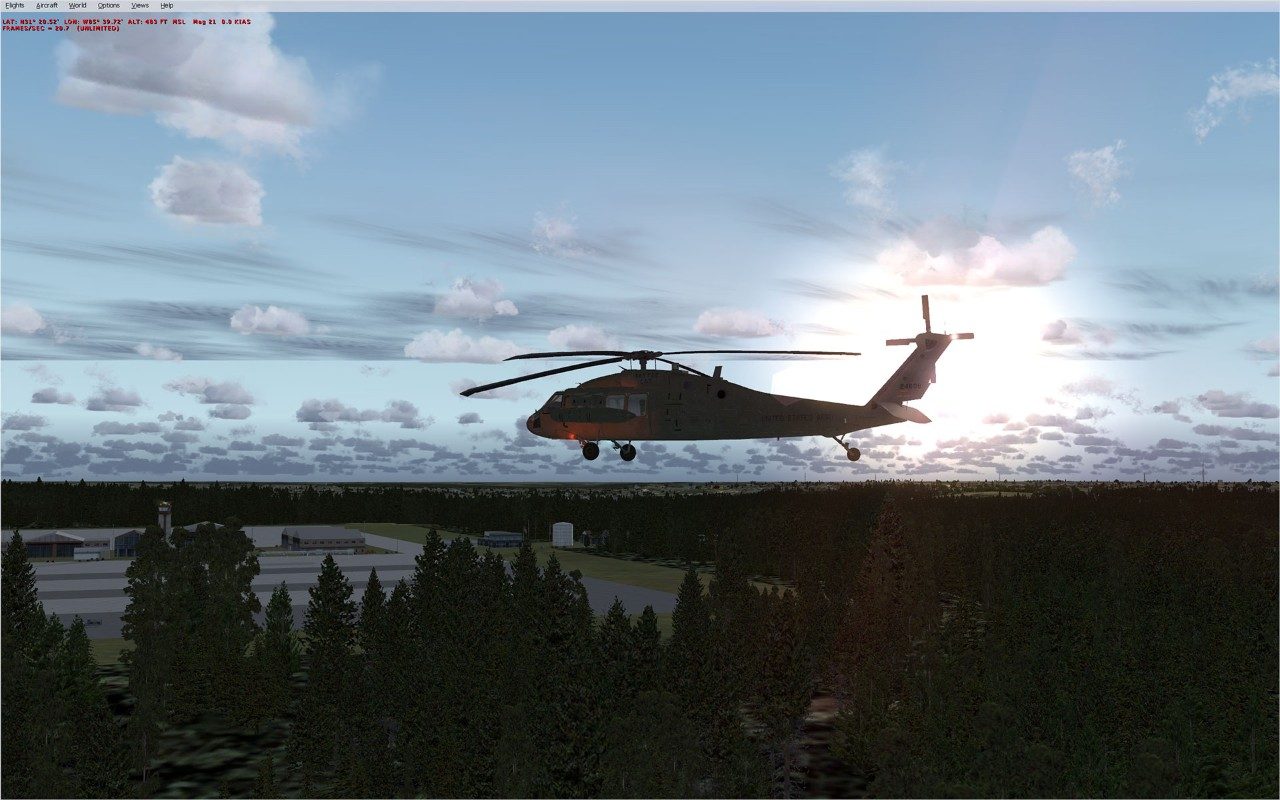From the days of Atari and the first PCs, educational circles have explored how to use games for learning and training. When Lockheed Martin purchased the rights to Microsoft’s ESP™ in 2009, the company’s engineers had a plan to extend the serious game-based technology for immersive, cost-effective training in the virtual world.
Launching Prepar3D® in 2010, Lockheed Martin added stunningly accurate maritime and ground effects to ESP’s flight simulation environment. The result is a PC--based simulation platform that takes you from deep underwater up to space for hands-on learning. All at a fraction of the cost of high-fidelity simulators.

Training 101
The technical and graphics upgrades achieved in Prepar3D (pronounced prepared) were numerous, including painstaking recreations of cityscapes, night flying and infrared sensor options and a newfound emphasis on real-world physics.
But most surprising of all was Lockheed Martin’s decision to open up Prepar3D’s code to the public, allowing private users and software developers to create new scenarios, applications and add-ons of their own, much in the same way savvy designers can create apps for smart phones.
The result is a program capable of constant evolution, which offers greater and greater fidelity to technical innovations while retaining the accuracy of real-world environments.

Educating the Engineers of Tomorrow
By 2012, Prepar3D was being used not only by the U.S. Air Force for cockpit familiarization and procedures training, but also in high school classrooms as a novel way to teach math and trigonometry and as the centerpiece of the National Flight Academy’s new in-residence program. At the Pensacola Naval Air Station, students camp in a mock aircraft carrier, learning the various duties required above board and below.
It’s just one wing of Lockheed Martin’s STEM (Science, Technology, Engineering and Math) initiative, which is dedicated to helping a new generation understand the importance of math and engineering via innovative applications.
Sources and Additional Reading
- Kennedy, Chester. Interview by Peter Gianopulos. The History Factory. May 21, 2012.
- Nelson, Melissa. “National Flight Academy Camp Teaches Teens Math, Science.” Huffington Post, May 5, 2012.




